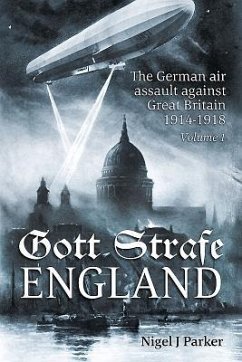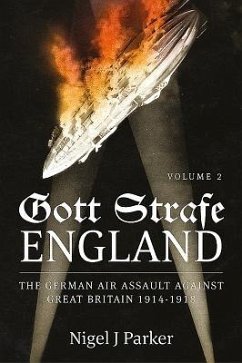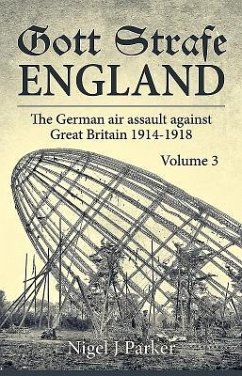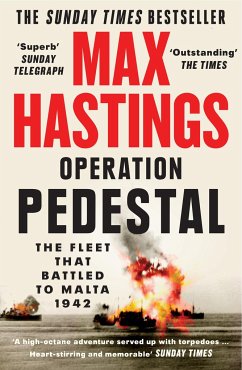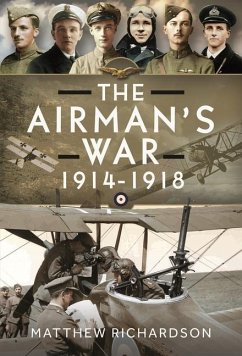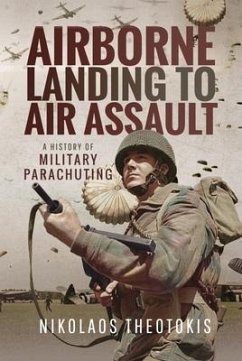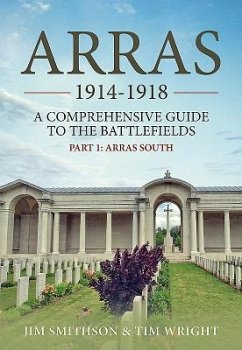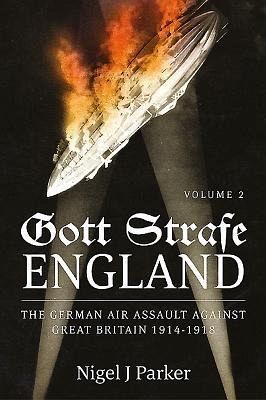
Gott Strafe England: The German Air Assault Against Great Britain 1914-1918
Volume 2
Versandkostenfrei!
Versandfertig in 2-4 Wochen
41,99 €
inkl. MwSt.
Weitere Ausgaben:

PAYBACK Punkte
21 °P sammeln!
Gott Strafe England Volume 2 continues the detailed analysis of the German Strategic Air Offensive against Great Britain through the years 1917 and 1918. The use of twin-engined aeroplanes became more prevalent in the attacks against London, while the Naval Zeppelin Force, with its new lighter and higher climbing airships was relegated to the occasional attack against the more lightly defended Midlands and East Coast targets, with disastrous results; the weather being the greater enemy. With the failure of the daylight aeroplane raids in the face of determined opposition, smaller, multiple for...
Gott Strafe England Volume 2 continues the detailed analysis of the German Strategic Air Offensive against Great Britain through the years 1917 and 1918. The use of twin-engined aeroplanes became more prevalent in the attacks against London, while the Naval Zeppelin Force, with its new lighter and higher climbing airships was relegated to the occasional attack against the more lightly defended Midlands and East Coast targets, with disastrous results; the weather being the greater enemy. With the failure of the daylight aeroplane raids in the face of determined opposition, smaller, multiple formations of aircraft were employed using the cover of darkness to achieve their goal of reaching the capital, but the rapid expansion of the British anti-aircraft barrage was a deterrent to all but the bravest airman. Finally the Giant multi-engined aeroplanes were brought into play, carrying bombs up to 300 kg in weight, but even they, without an effective bombsight and navigation aids, failed to achieve their goals of bringing an end to the war. Right to the very end of the war the German airship force was used try to prove their original air strategy was correct, but with the death of their mentor and leader Peter Strasser, who, in one final raid, was to join so many of his men, in a fiery death scored across the skies, they were proved to be wrong.Gott Strafe England Volume 2 continues with the same high level of detail as to be found in Volume 1: giving the precise routes of every German raider, where every bomb fell, the damage caused and casualties on both sides, whether on the ground or in the air. Often reading like the tales from of a Boys Own Adventure Story, the full details of combats, eye witness accounts and the details of the anti-aircraft gun positions and numbers of shells fired are recorded. Never before has such a project ever been attempted that goes into so much detail to record precisely what happened in the skies over Britain during the Great War. An essential guide to any historian who is either researching their local area in the war, with long forgotten incidents of bombs falling and lives lost being recounted or those who are seeking the complete account of the war in the air over Britain.
Dieser Artikel kann nur an eine deutsche Lieferadresse ausgeliefert werden.



